Crop for mulch
luvncannin
9 years ago
Related Stories

EDIBLE GARDENSSummer Crops: How to Grow Tomatoes
Plant tomato seedlings in spring for one of the best tastes of summer, fresh from your backyard
Full Story
EDIBLE GARDENSHow to Grow Your Own Sweet Summer Crops
This guide will help any gardener get started on growing the freshest warm-season veggies and berries for summer
Full Story
SUMMER FRUITS AND VEGETABLESSummer Crops: How to Grow Beans
Grow your own beans for amazing variety and healthy, convenient produce all summer
Full Story
SPRING GARDENINGSummer Crops: How to Grow Strawberries
Pluck your own sweet strawberries right from the garden vine for smoothies, salads or eating then and there
Full Story
EDIBLE GARDENSSummer Crop: How to Grow Blueberries
Plant blueberries in spring or fall for garden beauty through three seasons — and a sweet superfood in summer
Full Story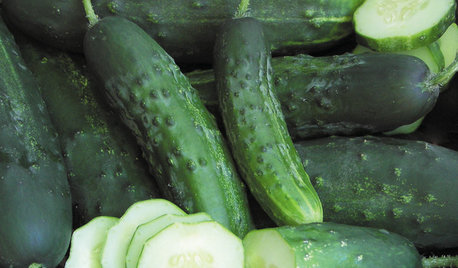
SUMMER FRUITS AND VEGETABLESSummer Crops: How to Grow Cucumbers
Pick a peck for pickles or opt for fewer and raw — no matter how you slice them, cucumbers are great for summer gardens small to large
Full Story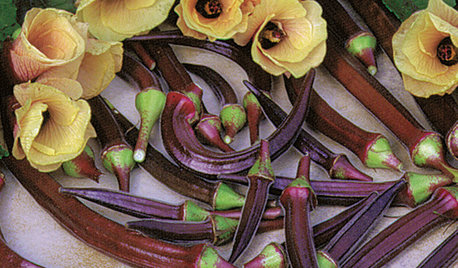
GARDENING GUIDESSummer Crops: How to Grow Okra
Go for the gumbo with this quick-growing edible that brings colorful pods and delicate flowers to a summer garden
Full Story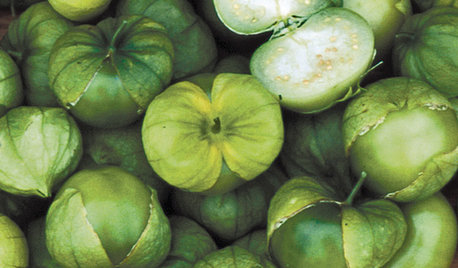
SUMMER FRUITS AND VEGETABLESSummer Crops: How to Grow Tomatillos
Grow this Mexican native for the freshest salsa verde — and for fewer problems than its tomato cousins
Full Story0
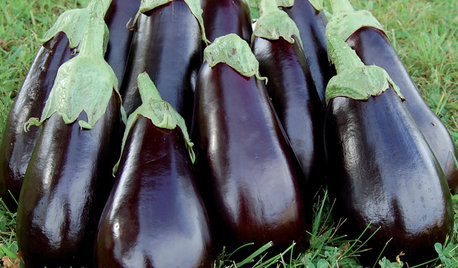
SUMMER FRUITS AND VEGETABLESHow to Grow Eggplant at Home
Plant glossy purple eggplant as much for its beauty in the garden as its flavor on the plate
Full Story0
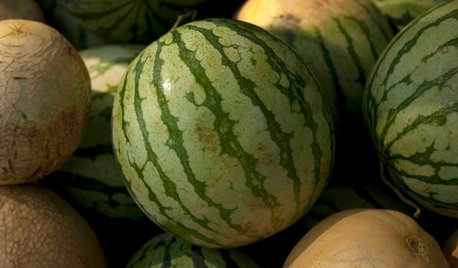
GARDENING GUIDESSummer Crops: How to Grow Melons
Drink in the refreshing sweetness of melons from your own garden this summer — they can last well into fall too
Full StorySponsored
More Discussions







Okiedawn OK Zone 7
luvncanninOriginal Author
Related Professionals
Allentown Landscape Architects & Landscape Designers · Folsom Landscape Architects & Landscape Designers · Jennings Landscape Architects & Landscape Designers · Port Royal Landscape Architects & Landscape Designers · Flagstaff Landscape Contractors · Longview Landscape Contractors · Mission Landscape Contractors · New Braunfels Landscape Contractors · Ringwood Landscape Contractors · Salem Landscape Contractors · Wickliffe Landscape Contractors · Raytown Landscape Contractors · San Pablo Landscape Contractors · Highland Springs Decks, Patios & Outdoor Enclosures · Lockport Decks, Patios & Outdoor EnclosuresluvncanninOriginal Author
Okiedawn OK Zone 7
luvncanninOriginal Author
luvncanninOriginal Author